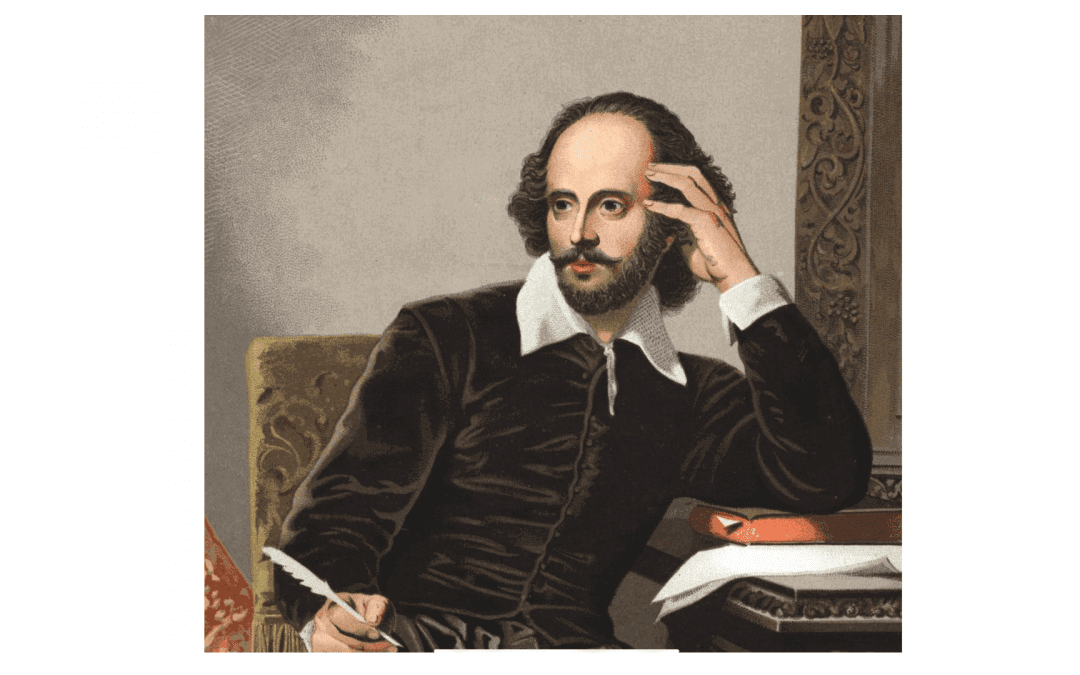Following on from artists and composers of Sir Anthony Standen’s lifetime, I concentrate today on writers. I’m looking at writers active between 1547 and 1627. I think we all know where we have to start.
William Shakespeare (1564 – 1616) is widely regarded as the greatest writer in the English language. He wrote 38 plays and 154 sonnets. Of course there are conspiracy theorists, but there always are. There can be little doubt that William Shakespeare played in Gray’s Inn Hall, where his patron Lord Southampton was a member. Gray’s Inn is a setting in The Spy who Sank the Armada, where Francis Bacon entertained his brother Anthony Bacon, who was Standen’s controller. Francis Bacon is one of the candidates that conspiracy theorists put forward to have written Shakespeare’s works. What twaddle!
Christopher Marlowe (1564 – 1593) was said by Shakespeare to have been a great influence on him. He wrote six plays: Dido, Queen of Carthage; Tamburlaine; The Jew of Malta; Doctor Faustus; Edward II; The Massacre at Paris. There is some evidence that suggests he may have been another of Walsingham’s spies. I would love to have had Standen and Marlowe meet, but I couldn’t place them in the same country at the same time. Facts can be so inconvenient.
Walter Raleigh (1552 – 1618) was a statesman, soldier, explorer, and writer. His works include: The History of the World, In Five Books, and over thirty poems. Amongst the poems is The Nymph’s Reply to the Shepherd. This is a reply to Christopher Marlowe’s poem, The Passionate Shepherd to His Love. Both poems follow the same pattern, but Raleigh’s is a refutation of Marlowe’s. Raleigh appears in The Spy who Sank the Armada. He was a rival of Robert Devereux, Earl of Essex, Standen’s patron after Walsingham’s death.
Miguel de Cervantes (1547 – 1616) is best known as author of Don Quixote, widely regarded as the first modern novel. There is an oblique connection with Standen. Cervantes served in the Spanish Navy and was injured at the Battle of Lepanto in 1571. The commander of the Spanish fleet was Don Juan, Duke of Austria. Standen had an inappropriate relationship with Barbara Von Blomberg, Don Joan’s mother, and was chased out of the Netherlands in 1576 by Don Juan who had just become the new governor.
Giordano Bruno (1548 – 1600) was an Italian philosopher, friar, mathematician, and writer. He is an important character in Fire and Earth.
John Harrington (1560 – 1612) was a godson of Queen Elizabeth I, studied law, and was a poet. He fell in and out of favour with the queen as his poetry was too racy for her taste. He began a translation of Ariosto’s Orlando Furioso, but the queen again found the work too racy. She threatened to banish him until he completed it, thinking it too difficult and he would give up. He did complete it, and it received high praise. One of his epigrams is “Treason doth never prosper? What’s the reason? For if it prosper, none dare call it treason.” Harrington is now better known as the inventor of the flushing toilet. There is a connection to Standen, of which I was previously unaware. He served with Robert Devereux in his disastrous campaign in Ireland, as did Sir Anthony Standen.
There are so many writers to chose from, but as I can’t link Ben Jonson, John Donne, Philip Sydney or Edmund Spencer to Standen, I will close with Giorgio Vasari. He was an artist who didn’t make it into Chloë’s book, but he did write a book that was the foundation of art-historical writing. In Fire and Earth I have Pietro Aldobrandini admiring his painting The Garden of Gethsemane.

